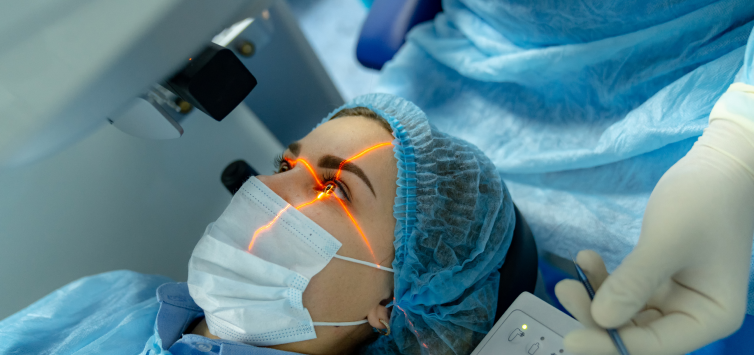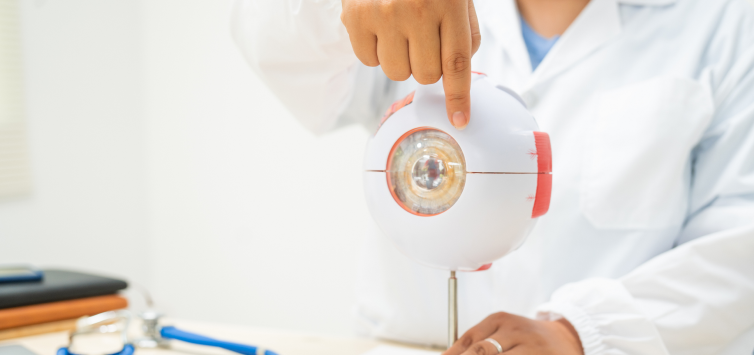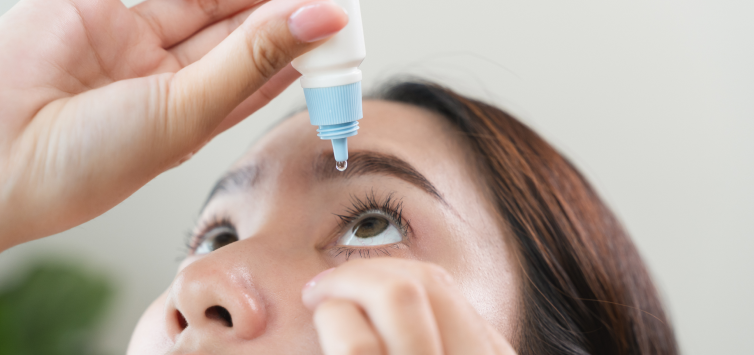Blog
Expert insights for your well-being journey. Your health is our priority.
Exploring Modern Techniques in Cataract Surgery
Cataracts are a common vision impairment, characterized by the clouding of the eye’s natural lens. This condition can significantly impact daily activities, from reading to driving, and diminish overall quality of life. Timely cataract surgery is crucial to restore vision and improve day-to-day functioning. This blog post aims to provide a comprehensive guide to the various modern cataract surgery techniques available.
Understanding Cataracts
Cataracts develop when proteins in the eye lens clump together, leading to cloudiness that obstructs vision. They can occur in one or both eyes and can progress at varying rates.

Causes and Risk Factors
Several factors contribute to the development of cataracts, including aging, diabetes, excessive sunlight exposure, smoking, and certain medications. Family history can also increase the likelihood of developing cataracts.
Symptoms of Cataracts
Common symptoms include blurred vision, difficulty seeing at night, sensitivity to light, and seeing halos around lights. Patients may also experience changes in color perception.
When to Consider Cataract Surgery
Surgery is typically recommended when cataracts interfere with daily life and vision. For instance, if the patient faces difficulty in performing tasks like reading, driving, or enjoying hobbies.
Different Cataract Surgery Techniques
Traditional Cataract Surgery
Traditional cataract surgery, known as Extra Capsular Cataract Extraction (ECCE), involves making a small incision in the eye to remove the cloudy lens and replace it with an intraocular lens (IOL). While cataract surgery is usually safe and effective, some patients might experience complications like infection, inflammation, or retinal detachment in rare cases.
These challenges highlight the importance of new developments in eye surgery. Modern techniques, such as phacoemulsification and femtosecond laser surgery, aim to reduce these risks and improve patient safety.
Listed below are the key modern cataract surgeries for better alternatives:
Laser Cataract Surgery (Femtosecond Laser-Assisted Cataract Surgery)
Laser cataract surgery uses advanced femtosecond laser technology to perform the exact steps of the surgery, including the initial incision and lens fragmentation. It offers enhanced precision which reduces recovery time and improves surgical outcomes.
Small Incision Cataract Surgery (Phacoemulsification)
Small incision cataract surgery employs ultrasound waves to break up the cloudy lens. It is then aspirated through a tiny incision. This method minimizes trauma to the eye, often resulting in quicker recovery and reduced post-operative discomfort.
Intraocular Lens (IOL) Implants
There are several types of IOLs available, including mono-focal (single-focus), multifocal (multiple focal points), and toric lenses (for astigmatism). The choice of the IOL depends on the visual needs and specific eye conditions of the patient
Benefits of Each Type
Monofocal Lenses:
- Provide clear vision at a single distance (usually far).
- Generally more affordable than other lens options.
Multifocal Lenses:
- Offer clear vision at multiple distances, reducing the need for glasses.
- Enhance convenience for activities like reading and driving.
Toric Lenses:
- Correct astigmatism to provide a clearer vision.
- Available in both monofocal and multifocal options.
Preparing for Cataract Surgery

Pre-operative Evaluation and Tests
A thorough eye examination, including measurements of the eye and assessments of overall eye health, is essential before surgery.
Preparing for the Surgery
Patients may need to adjust medications and follow specific dietary restrictions before the procedure.
Post-operative Care Instructions
Post-surgery, patients are usually advised to avoid strenuous activities and follow prescribed eye drop regimens to aid recovery.
Recovery and Healing
What to Expect After Cataract Surgery
Most patients notice an improvement in vision shortly after the procedure. However, it may take a few days for the vision to stabilize.
The Healing Process and Timeline
Most patients can expect to achieve complete healing within a few weeks. Regular follow-up appointments help monitor the progress of recovery.

Post-Treatment Appointments and Care
Regular check-ups are essential to ensure proper healing and to address any concerns should they arise.
Potential Risks and Complications
While modern cataract surgeries are generally safer, mild side effects may occur, including blurred vision, light sensitivity, and discomfort. Prompt communication with the healthcare provider is critical for addressing any complications.
Choosing a Cataract Surgeon
Factors to Consider When Selecting a Surgeon
Consider the surgeon’s experience, patient reviews, and the technology used in their practice.
Experience and Qualifications
Look for board-certified ophthalmologists with specialized training in cataract surgery.
Technology and Facilities Offered
Choose a hospital with state-of-the-art facilities to ensure you receive the highest standard of care during your surgery.
Conclusion
Cataract surgery offers significant benefits, enhancing vision and overall quality of life. Throughout this blog post, we have explored the various surgical techniques, preparation steps, recovery processes, and important considerations to keep in mind. For optimal results, it is advised to consult with an eye care professional and begin your treatment timely.